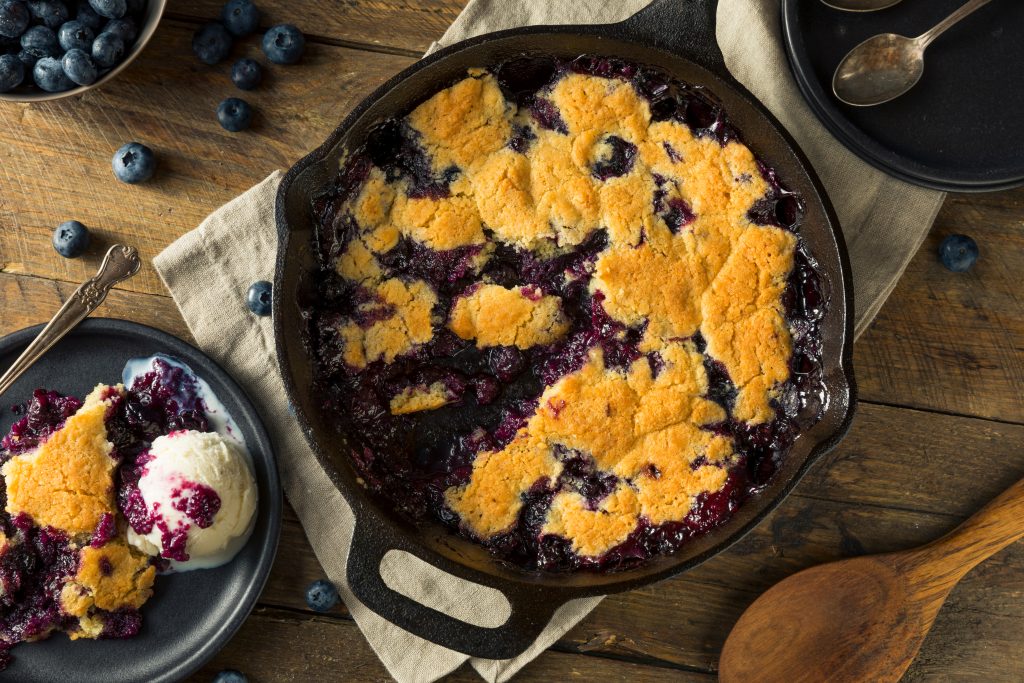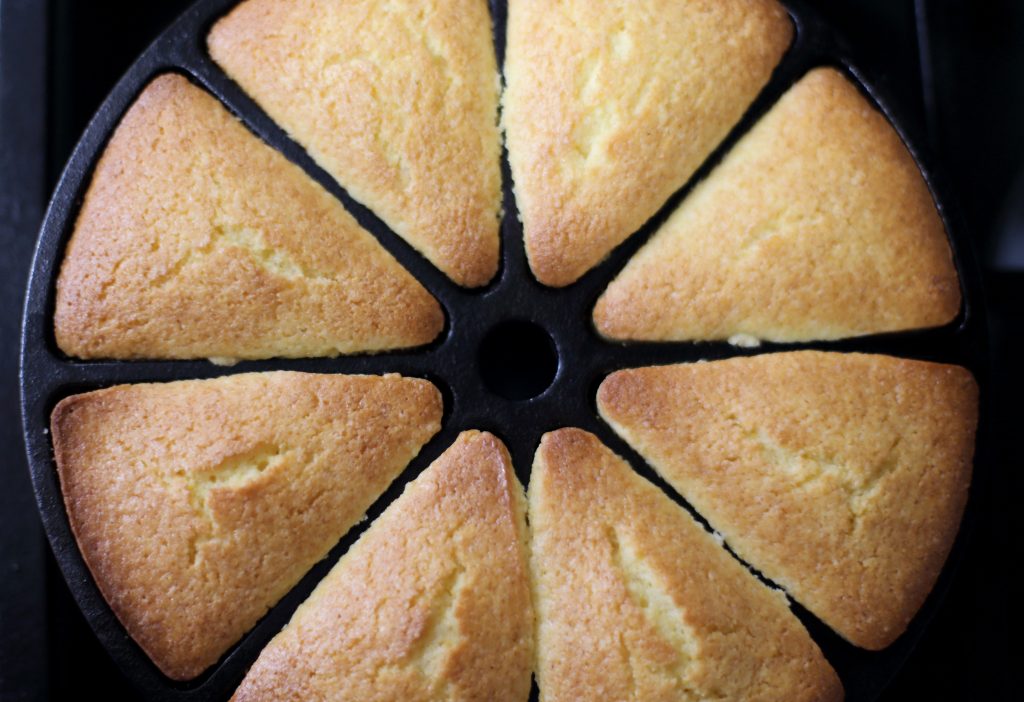Your Granny’s Skillet
Did your Nana have a meal she cooked that you would do anything to have again? Did your Grammy make the best blackberry cobbler ever? Perhaps your Poppy made the lightest, crispiest fried chicken you’ve ever had.

You may be able to chase down the ingredients from that faded and bespattered recipe card, you may be able to talk to relatives that remember seeing it cooked, or maybe you scoured the Internet for countless recipes in an attempt to match the taste of nostalgia. But there’s always something missing, right?
What if I told you that the secret to what you crave lies solely in the vessel it’s cooked in? I’m talking about that gorgeous, seasoned, cast iron skillet that lived on Granny’s stovetop.

Cast iron skillets and cookware have been around for hundreds of years. Ever since the discovery of mixing pig iron and steel to make cookware, people have relied on cast iron to do their best cooking, whether it’s searing steaks, baking bread, or making that pot of stew that signals the start of cooler weather.
No other material holds heat as evenly as cast iron does. No Teflon-coated pan that needs coddling and will start to flake within five years is as nonstick. And not even the most modern, multiple-ply cookware that costs more than your first car can compare to a properly seasoned cast iron skillet. Cast iron cookware is more non-stick, more durable, and better for cooking ANYTHING than that costing double, triple, or even quadruple the price. And while cast iron often gets a bad rap for being heavy or too hard to maintain, when you get past those misconceptions, you’ll find that centuries of cooks just might be on something.
Don’t be scared. Taking care of a cast iron skillet is really quite simple. New skillets come from the factory with a “seasoning” already baked on to it. Seasoning simply refers to the polymerization of fats onto the skillet’s surface, which will continue to happen the more you use the skillet. Each time fat is introduced to the skillet, some will chemically bond to the surface. This increases the skillet’s “non-stickiness” and adds to that deep, dark coloring that is typical of a heirloom piece of cookware just like your grandmother had in her kitchen.

Once Granny used the skillet, she would probably let it cool down slightly before simply rinsing it with warm water. Then she would do is put it back on a hot stove eye to make sure it was completely dry before wiping it down with a small amount of oil or bacon grease to make sure it didn’t rust. And that, my friends, is the secret to making sure that skillet lasts for generations. There is a myth that I feel needs to be dispelled. Adherents of stainless-steel cookware will tell you that you can’t use soap on cast iron. You can, as long as it’s a mild soap. Use a non-abrasive sponge to clean it, but always be sure to thoroughly dry it before applying a light coat of oil to prevent rust.
Rust is cast iron’s enemy. Rust can mean death for cast iron, but usually a rusty skillet can be restored. There are several methods for restoring rusty cast iron that can be found on the Internet, but each comes with their own list of pros and cons. The best way to bring Granny’s skillet back to life is to let a professional handle the process. Using electrolysis [a process in which an electric current is passed through a vat of water in which the cast iron has been suspended to do some complex chemical reacting], the cookware is stripped down to the base metal, removing all the rust that has accumulated. Unfortunately, the electrolysis also removes all the seasoning, so the skillet is coated with a high-smoke-point oil and baked in a 500-degree oven. Once this process is completed several times, the skillet will look just as it did on Granny’s stove and is guaranteed to last for years to come.
If you have cast iron cookware that’s been in your family for as long as you can remember that you would like to use but are unsure of how to start, do a little digging on social media. You’ll be able to find a person or group with all sorts of information to help you on the road to years creating great food and, even better, cooking up memories of your own.



 Sign in
Sign in


Great Article Mr. Bennett.
My stove is home to 5 pieces of My Families Heirloom Cast Iron and one newer 12″ Skillet I bought 10 or so years ago.
Hope to meet you some day and talk Iron With you.
Fred